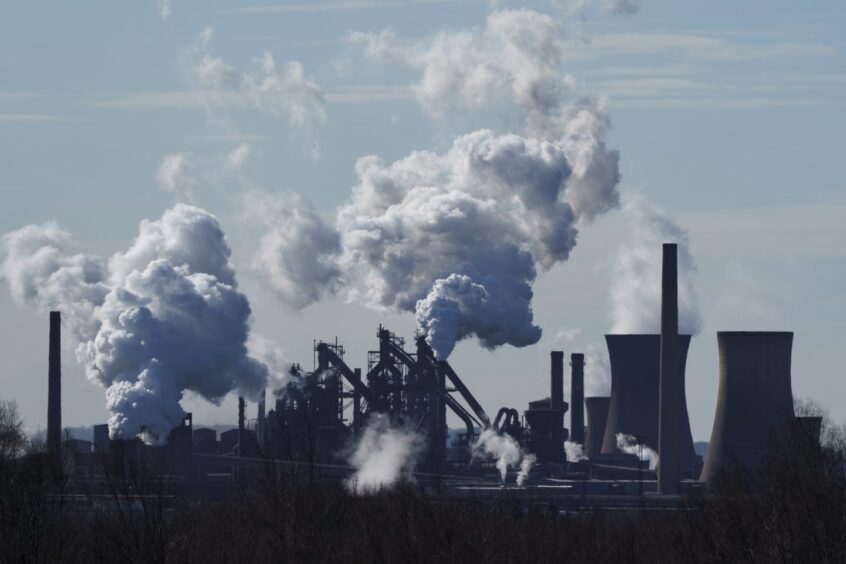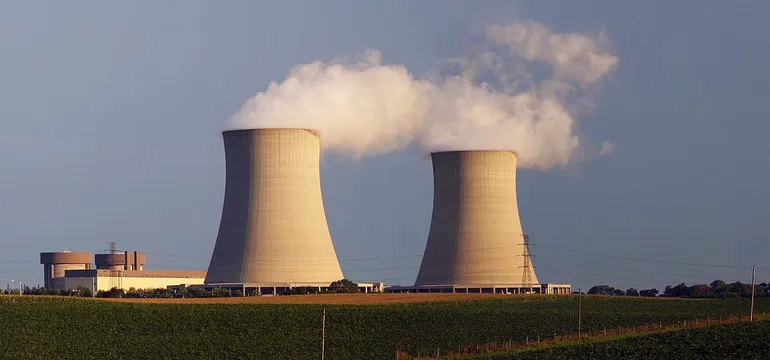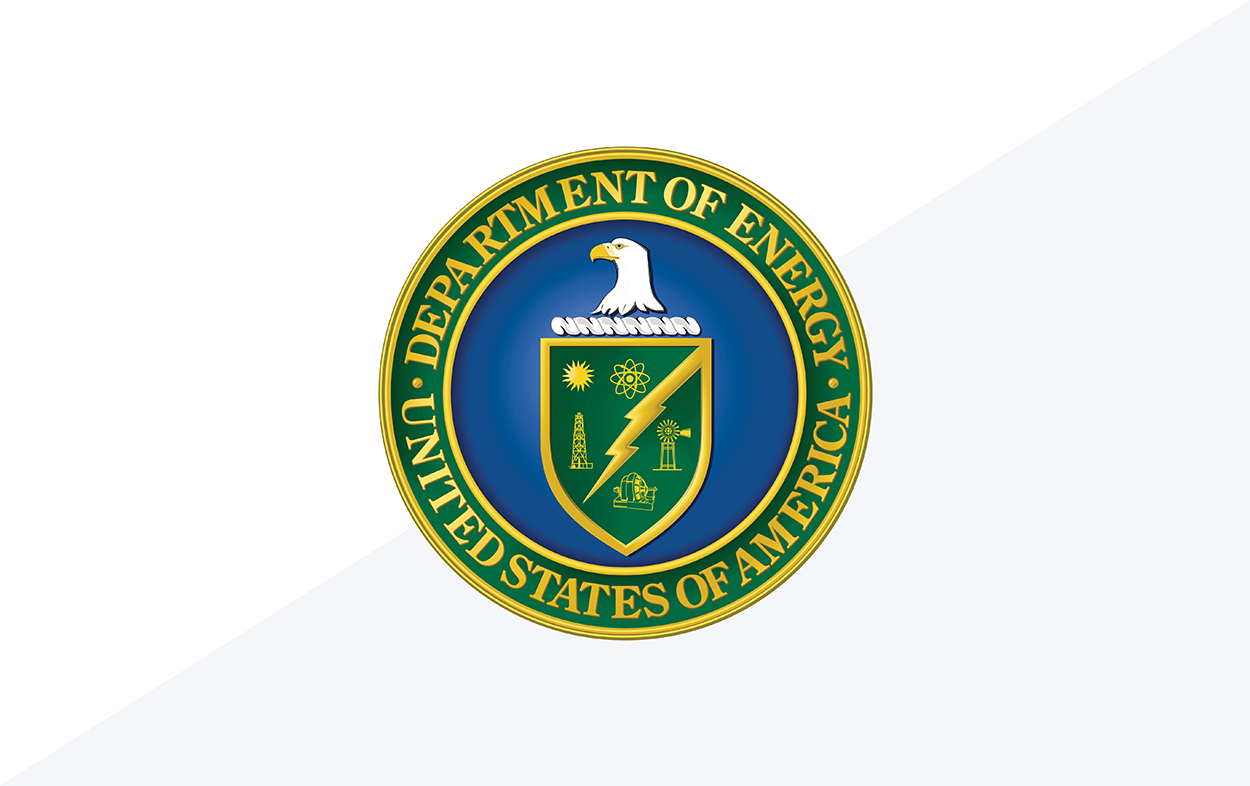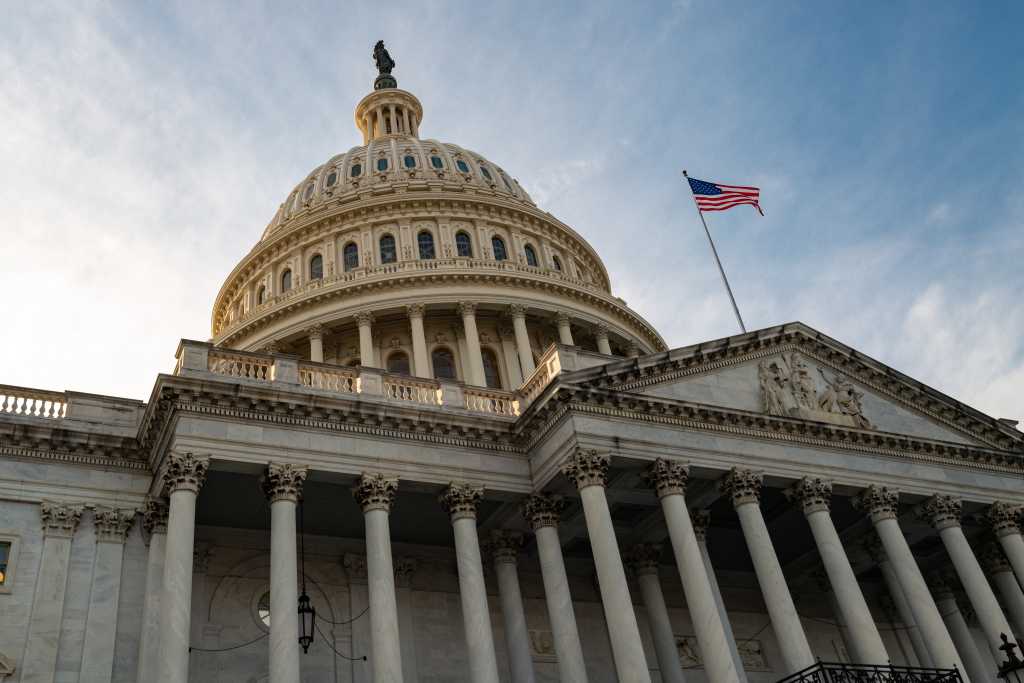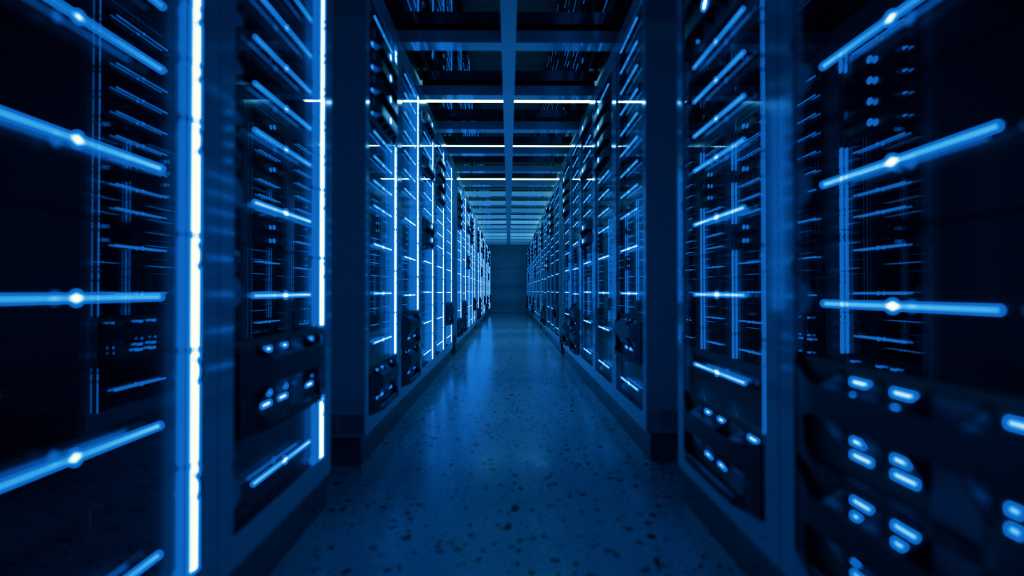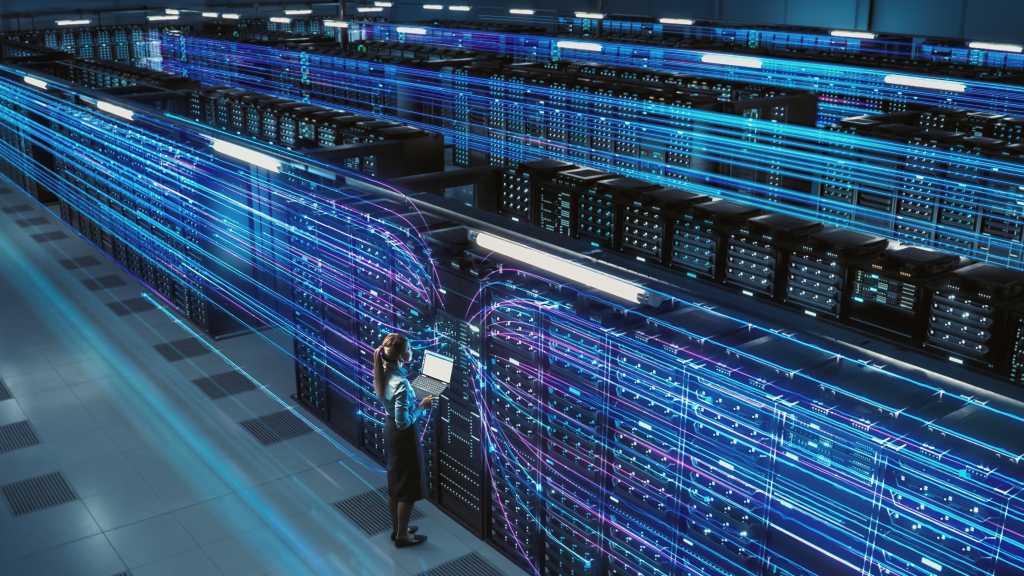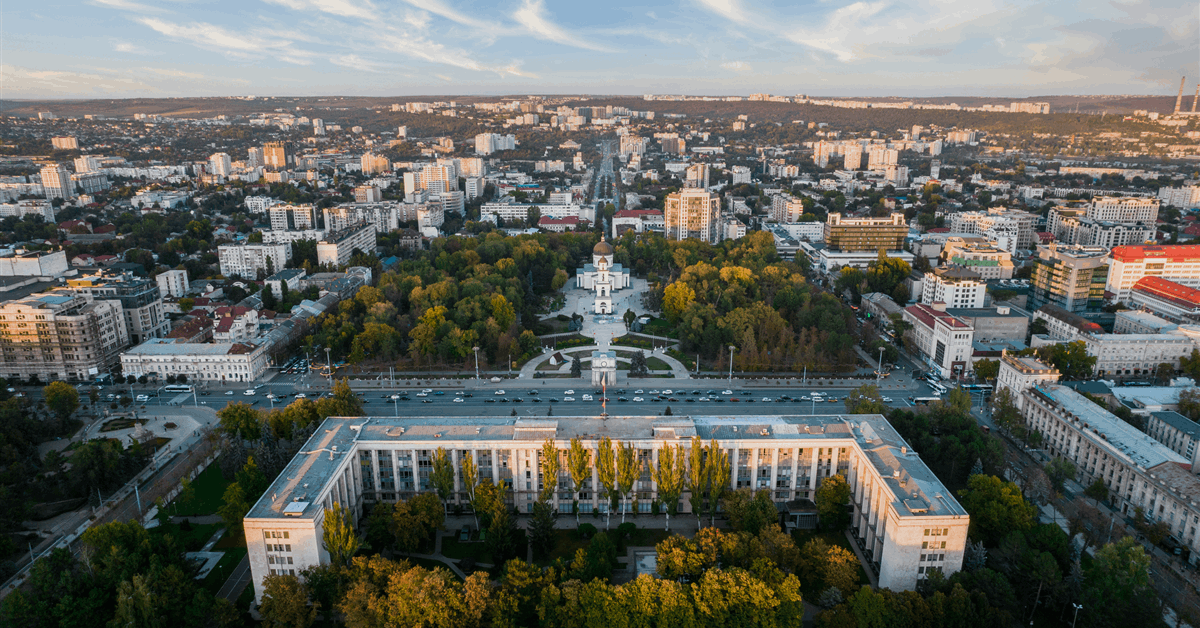
The European Commission has signed a deal with Moldova to help the country decouple from Russian energy supply and fully integrate into the European Union energy market.
The agreement includes a EUR 250 million ($240.78 million) support package from the EU for 2025. Part of the funding has already been disbursed. Part of the funding meant for the Transnistrian region, or the Left Bank, is subject to the fulfilment of EU demands for fundamental freedoms and human rights, according to an online statement by the Commission.
In the Right Bank, the agreement, called the Comprehensive Strategy for Energy Independence and Resilience of Moldova, will compensate excess electricity costs for households for up to 110 kilowatt hours every month until December 2025.
The two-year strategy will also include a hardship fund to lighten the energy bills of the “most exposed households” and compensate for the entire increase in power costs for social institutions, including schools and hospitals.
The plan has also allotted EUR 15 million for agro-food and manufacturing businesses.
“Furthermore, through the mobilization of international financial institutions, additional funding of EUR 50 million will be available for sustainable investments in energy efficiency projects by local public authorities, households and SMEs [small and medium enterprises]”, the Commission said.
In the Left Bank, EUR 60 million is conditionally available for over 350,000 people affected by the discontinuation of supply by Russia’s Gazprom PJSC, the Commission said.
“This support is subject to steps being taken on fundamental freedoms and human rights in the Transnistrian region and excludes energy-intensive activities”, it said.
Currently Moldova’s energy system is delivering power and heat without blackouts, according to the Commission.
“In the longer term, the EU support will allow Moldova to improve its energy security through investments and reforms for the energy transition and ensure the full phase-out of Russian supply of energy resources”, the Commission added.
Moldova’s power system has been connected to the European continental network since 2022.
On October 29, 2024, the European Network of Transmission System Operators for electricity (ENTSOE) said it has increased the export capacity for Moldova and Ukraine by 400 megawatts (MW) to 2,100 MW for the winter.
“Since June 2024, following the destruction of numerous power plants in Ukraine and the anticipated large electricity deficit during the winter 2024-25, the Transmission System Operators (TSOs) of Continental Europe have evaluated the feasibility to increase the electricity export capacity from the neighboring EU countries to Ukraine and Moldova, while ensuring power system stability and operational security”, ENTSOE said in a statement.
The new limit lasts from December 2024 to the first quarter of 2025. From March 2025, ENTSOE will reassess the limit every month, according to the statement on the ENTSOE website.
According to the Commission, an agreement was reached December 2024 to allow unused capacities in Ukraine to be exported to Moldova.
To contact the author, email [email protected]
What do you think? We’d love to hear from you, join the conversation on the
Rigzone Energy Network.
The Rigzone Energy Network is a new social experience created for you and all energy professionals to Speak Up about our industry, share knowledge, connect with peers and industry insiders and engage in a professional community that will empower your career in energy.
MORE FROM THIS AUTHOR





